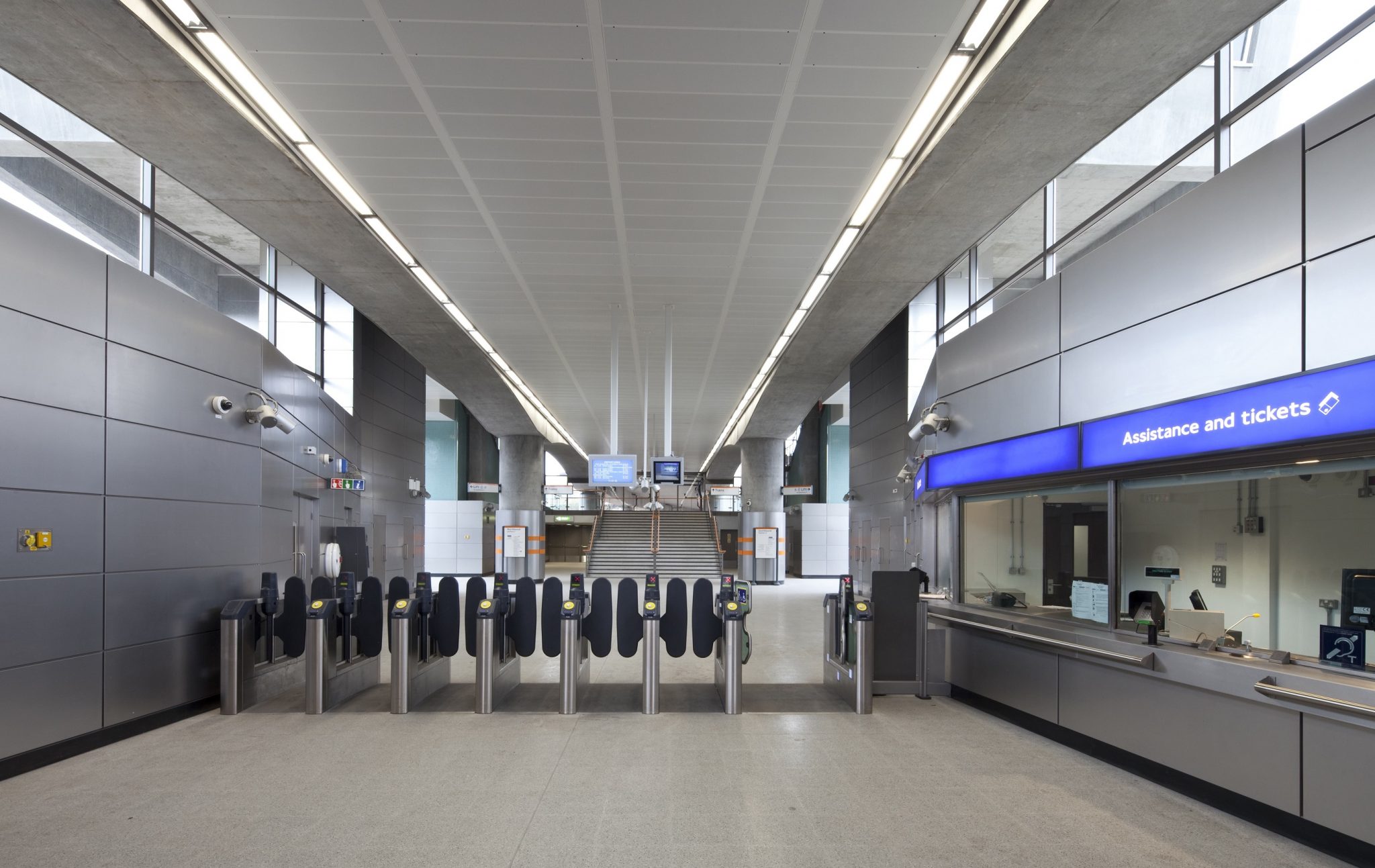Simon Lewis, a partner in the Construction and Engineering team at Womble Bond Dickinson, looks closely at the recently published and first-of-its-kind National Infrastructure Assessment.
In July, the National Infrastructure Commission (NIC) published the National Infrastructure Assessment (NIA). The purpose of the NIA, the first of its kind, is to look across infrastructure sectors and reach an independent set of conclusions based on the best available evidence about how to fashion a clear, long-term strategy for the UK’s economic infrastructure from 2020 to 2050.
The NIC has been set up because, as stated bluntly in the NIA itself, there was a need to address the lack of a long-term infrastructure strategy, siloed decision-making in infrastructure sectors, fragile political consensus and short termism. This reflects problems with the development of the national infrastructure which have been ongoing for decades. Much of the country’s infrastructure has not kept pace with population growth, demand and advances in technology. As the NIA neatly summarises it, “The UK must stop running to stand still”.
The NIA focuses on seven priority areas over the next 30 years and sets out recommendations for how identified needs should be met. These priority areas are as follows:
Building a digital society. The government should put in place a “national broadband plan” by the end of this year with the aim of providing nationwide “full fibre” connectivity by 2033. Full fibre will need to be subsidised in rural locations where the private sector is unlikely to deliver what is required.
Low cost, low carbon.Government should not agree to support any more than one nuclear power station beyond Hinkley Point C before 2025. The priority should be renewable energy prioritised as a safer investment with cost reliability.
Revolutionising road transport.There should be stronger government support for electric and driverless vehicles including a “core network of fast or rapid chargers to be installed in visible locations across the UK”. Again, the government should subsidise charging points where the private sector is less likely to build them in rural locations.
Transport and housing for thriving city regions.The priority after schemes such as HS2 and Northern Powerhouse must be integration of the urban transport network within cities and urban areas to develop “integrated strategies for transport, employment and housing”.
Reducing the risks of drought and flooding. A long-term strategy for flood protection is required prioritising the targeting of a higher level of resilience in the water system. National standards should be set for resilience to flooding with an annual likelihood of 0.5 per cent by 2050 where feasible.
Choosing and designing infrastructure. A new infrastructure design group will be established by the NIC to set principles for design and drive up quality of infrastructure design as a whole.
Funding and financing. Financing is considered both within and outside the EU funding but the main recommendation is maintaining access to the European Investment Bank. This may not, of course, be possible after Brexit. The compulsory purchase regime should be strengthened and consideration should be given to reforming how road use is paid for.
What are the implications for construction? Any infrastructure project will involve a very significant input from the construction sector, though there are obviously also political, social and funding issues that are central to the NIA recommendations. For example, arriving at a low-cost, low-carbon economy will involve improving the energy efficiency of the UK’s buildings, and to develop thriving cities, metro mayors and other city leaders should pursue integrated strategies for transport, employment and housing. Housing and infrastructure should be planned together, given that new housing requires new infrastructure.
The NIA rightly concludes that infrastructure delivery depends on the availability of the right skills, the right approach to construction and project management, the depth of the supply base, and the capability of government and other infrastructure owners and operators to act as an intelligent client. The UK’s exit from the EU will impact the UK’s skills base and supply chain and there should be a strategic approach to manage this. A great deal of what will happen next in this area is going to depend on how the construction sector approaches this as much as it will depend on governmental and funding initiatives.


